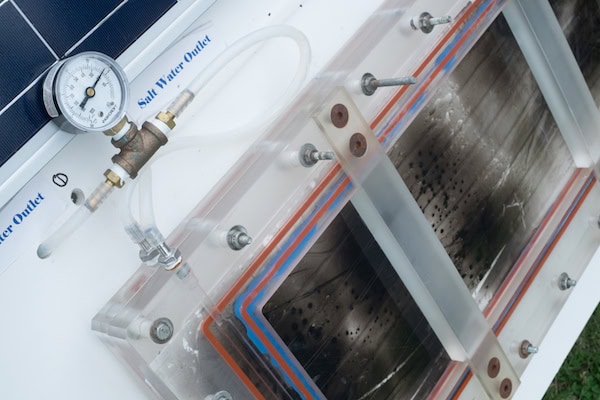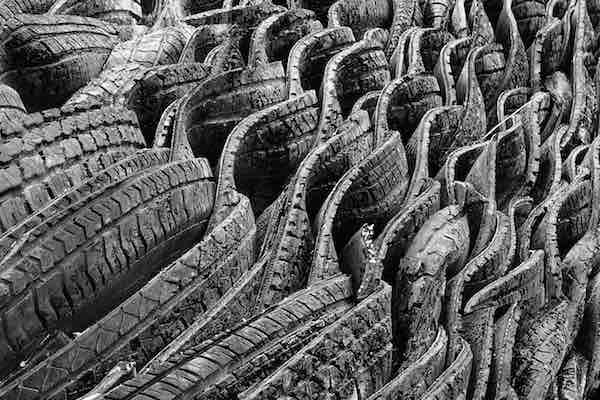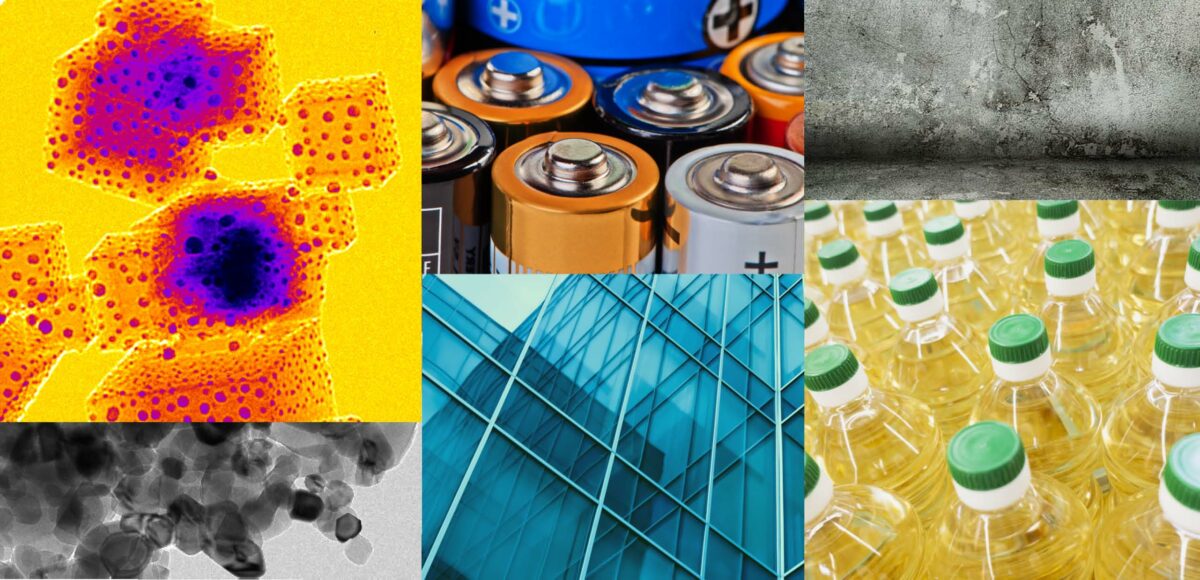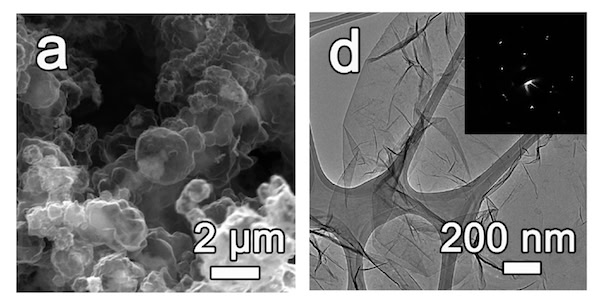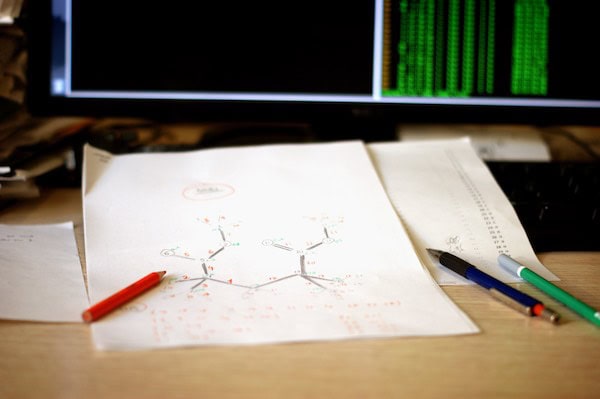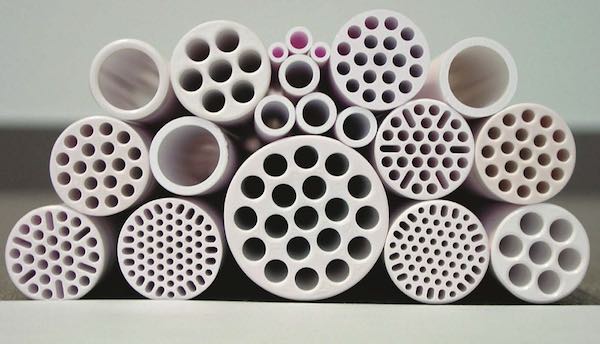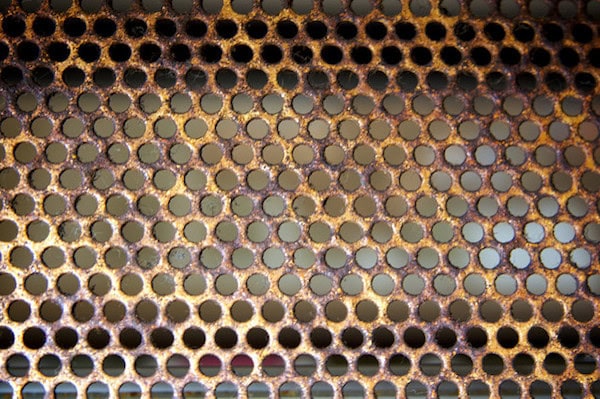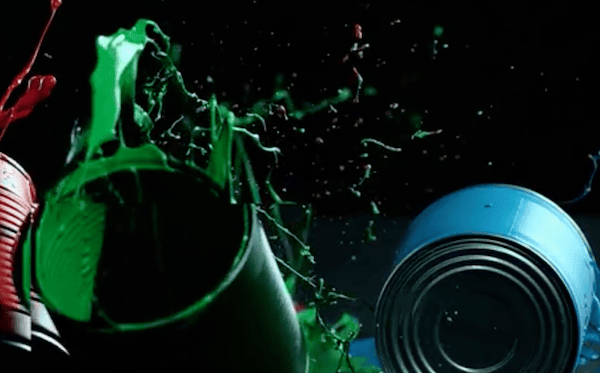Archive for 2017
Scalable membrane distillation method uses sun’s heat to convert salt water to fresh water
Rice University researchers have developed an environmentally friendly membrane distillation system that harnesses solar energy for purifying water. The technology could soon be scaled to provide clean water to remote locations, including areas that lack clean water.
Read MoreVideo: Concrete reinforced with recycled tire fibers has enhanced performance, reduced environmental impact
Scientists at the University of British Colombia (Vancouver, British Colombia, Canada) have a new strategy that just might be going somewhere—they’ve devised a technique to incorporate recycled rubber tire fibers into concrete to reuse the waste material, improve the durability of concrete, and reduced the carbon footprint of the concrete industry.
Read MoreOther materials stories that may be of interest
Transformer-like carbon nanostructure engineered, solar material for producing clean hydrogen fuel, and other materials stories that may be of interest for June 28, 2017.
Read MoreNew method of making graphene uses 3-D laser printer, powdered sugar, nickel powder
Scientists at Rice University and Tianjin University have developed a method of making graphene foam blocks out of powdered sugar and nickel powder using 3–D laser printing—an approach that could pave the way for mass production of graphene.
Read MoreBranding the author in you—How to get your research cited
You’ve finally published your research. Now how do you get cited? Jonathon Foreman, managing editor of ACerS journals, offers tips on getting your research cited and shared.
Read MoreCeramics for clean water: Nanofiltration membranes break separation limits
Researchers at Fraunhofer Institute for Ceramic Technologies and Systems (IKTS) (Hermsdorf, Germany) have harnessed the power of ceramics to develop nanofiltration membranes that can generate completely clean drinking water from wastewater—even industrial sewage.
Read MoreEnvironmentally friendly batteries use electrodes from rusty stainless steel
A research group in China has created electrodes for potassium-ion batteries made from rusty stainless steel mesh. The result is an environmentally friendly, stable, and less expensive battery suitable for electronic devices.
Read MoreVideo: New paint generates clean hydrogen fuel from solar energy and water vapor
Could paint be the next material to generate hydrogen fuel? Researchers recently developed a way to produce hydrogen fuel from solar energy and humid air. They mixed synthetic molybdenum sulfide with titanium oxide to create a paint that produces hydrogen fuel from solar energy and moist air.
Read MoreOther materials stories that may be of interest
Beetles spark development of color-changing nanoparticles for commercial use, one step closer to practical fast charging batteries, and other materials stories that may be of interest for June 21, 2017.
Read More‘Group additivity’ approach to Pourbaix diagrams predicts metals’ reactions with water
Researchers have developed a computational method to predict how metals react in water. Their “group additivity” approach to Pourbaix diagrams enables them to determine metals’ potential for corrosion.
Read More